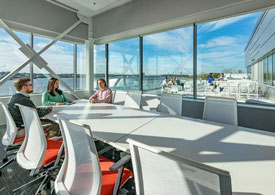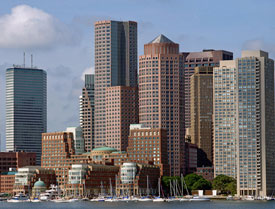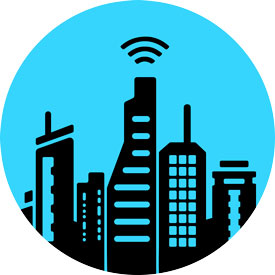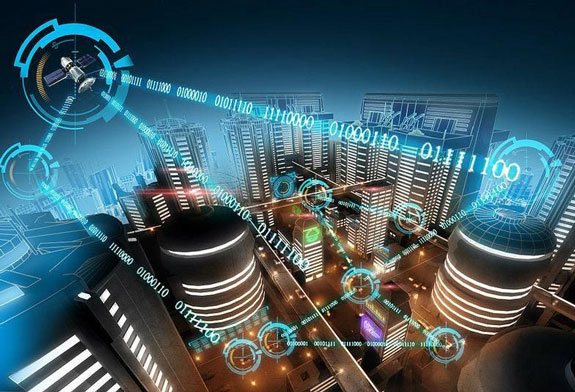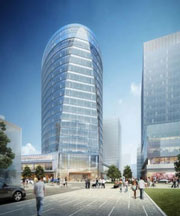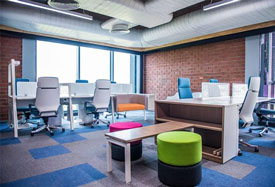
Credit: Bisnow
Open offices are not the solution to all our problems.The greater population needs some level of quiet workspace to perform their tasks and not face the endless interruption.
A study from Ethan Bernstein and Stephen Turban of Harvard Business School and Harvard University notes the following:
[in open office spaces] “you are constantly on view and worried about being seen talking, or having your conversations overheard, people chose to email or use a messaging system instead…And because people were emailing and messaging more rather than speaking face to face, the quality of interactions declined and productivity suffered.”
Additional information on the study is available at Bisnow, here.

